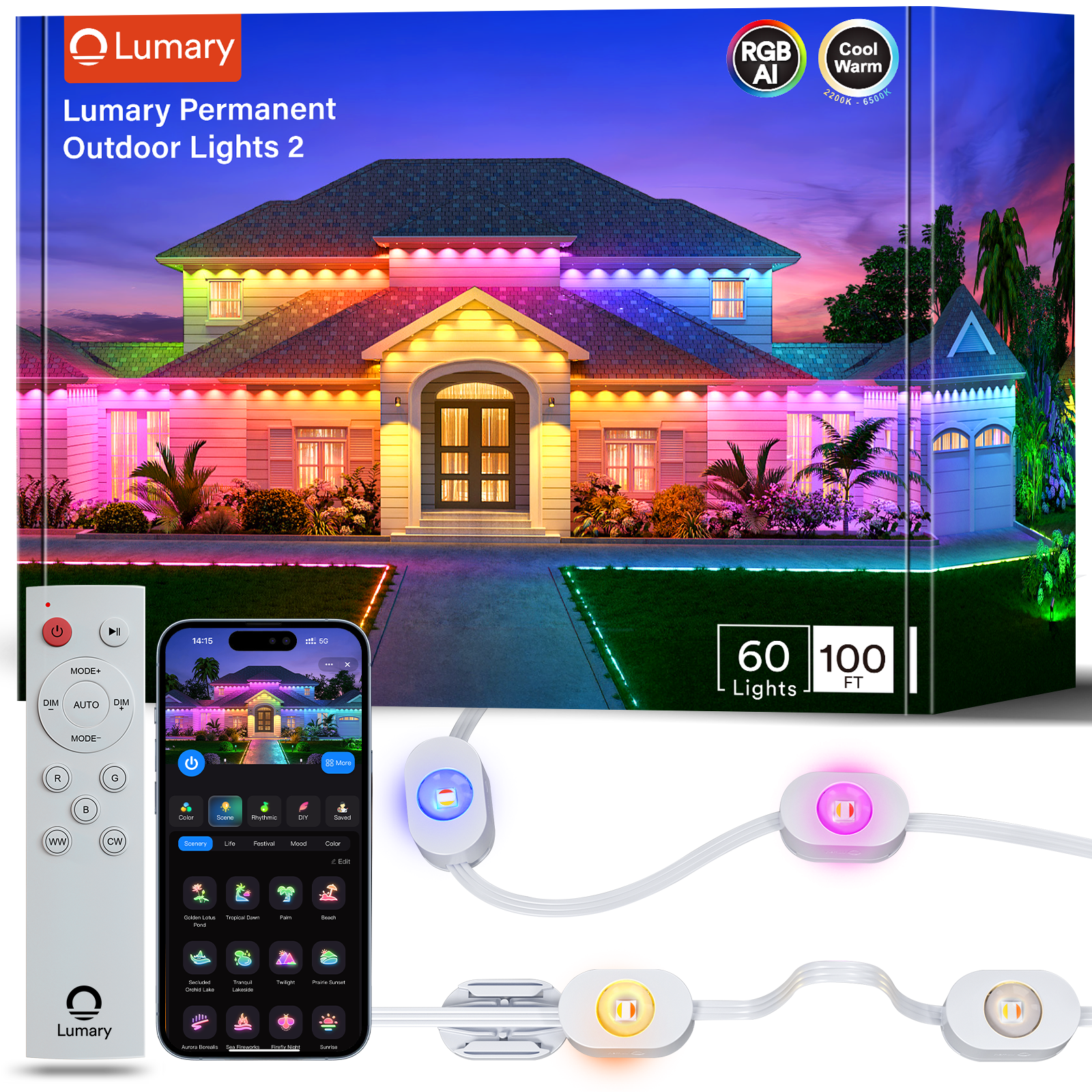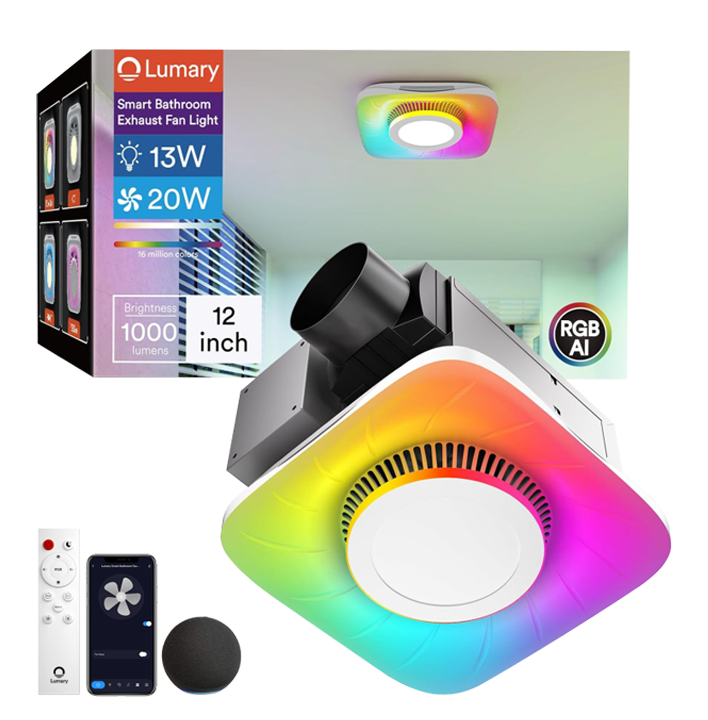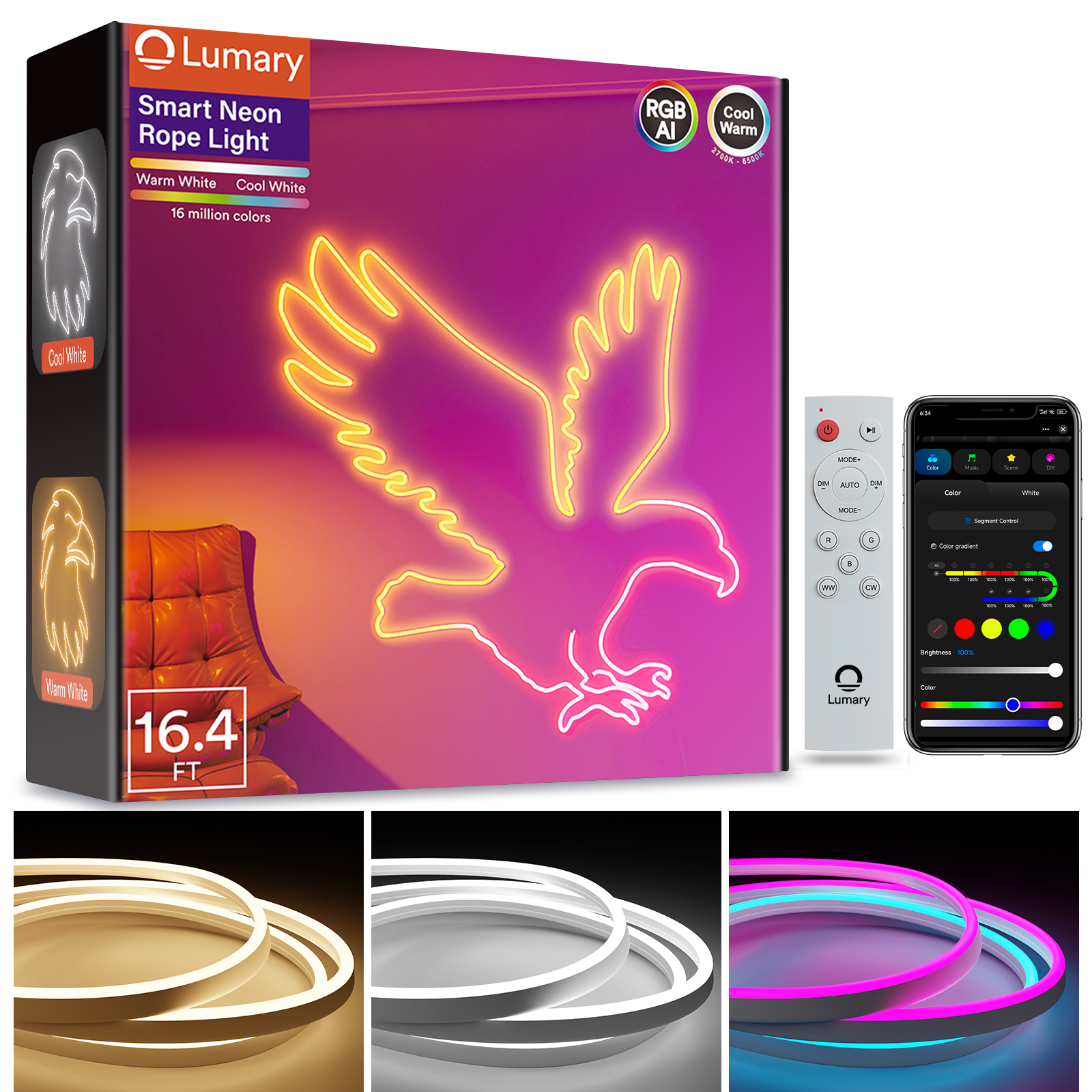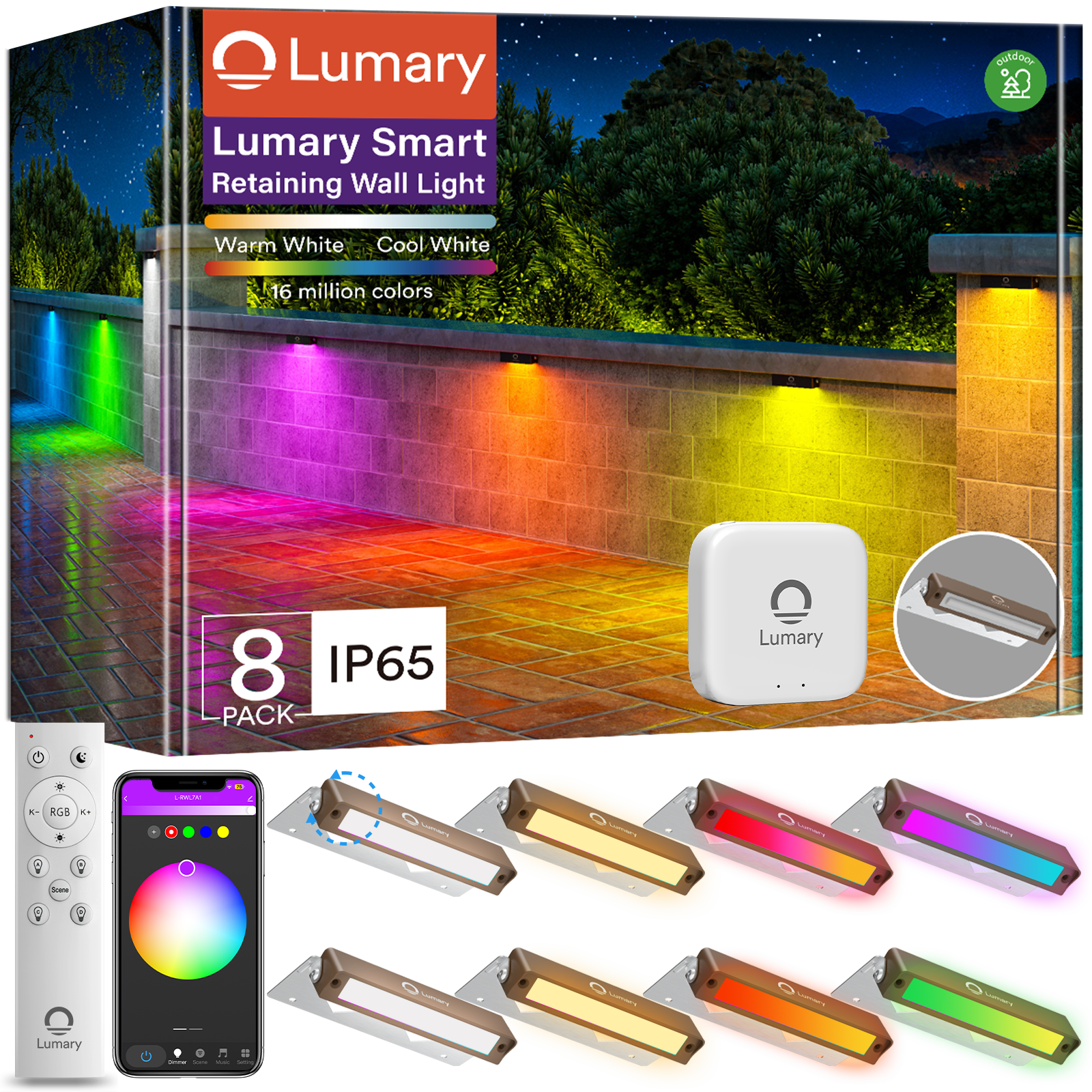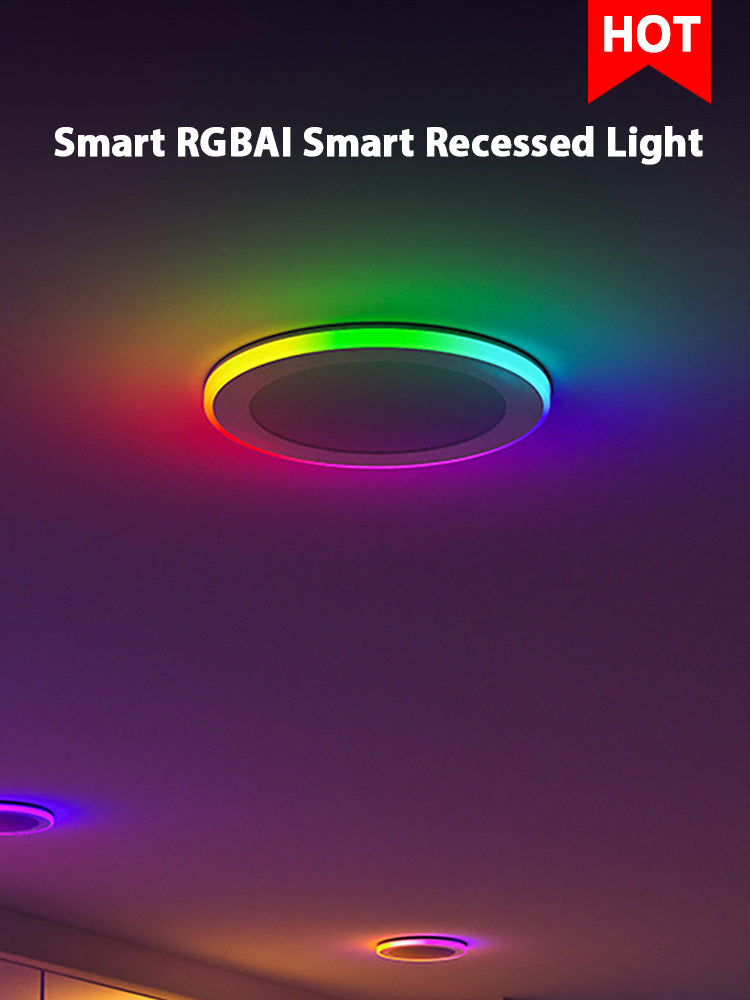If you want recessed lights that are quick to install and energy-efficient, canless recessed lighting is often the best choice. These recessed lights work well in small spaces or modern-style rooms. They look clean and are easy to maintain. Many people choose canless recessed lights because they are simple to install, take up less space in the ceiling, and help reduce energy bills over time.
Here’s a quick look at what most people consider when choosing recessed lights:
|
Factor |
Canless Recessed Lighting Features |
Can Recessed Lighting Features |
|---|---|---|
|
Installation Time |
Fast, simple, needs less space |
Takes longer, requires housing and more tools |
|
Cost |
Cheaper, comes with LED, saves more energy |
Costs more initially, extra cost for housing |
|
Design Options |
Simple, modern, provides even light |
More shapes and trims, can be customized |
You can select the right recessed lights by considering how to install them, their appearance, and how to maintain them.

Key Takeaways
-
Canless recessed lights are fast to put in and fit small spaces. They work well in finished rooms and low ceilings. Can recessed lights have more styles and bulb choices. They let you change the lighting in big or classic rooms. Canless lights have built-in LEDs that use less energy and last longer. This helps lower your power bills and means less fixing. Can recessed lights might be cheaper at first but take longer to install. You also need to change the bulbs more often. Pick canless lights for easy DIY jobs and to save energy. Choose can lights if you want more design choices and lighting you can adjust.
Quick Comparison
Key Features
When you compare can lights and canless recessed lights, you will see some big differences. The table below shows the main things to think about:
|
Feature |
Can Recessed Lighting |
Canless Recessed Lighting |
|---|---|---|
|
Installation |
Needs metal housing and wiring |
Installs directly into the ceiling |
|
Energy Efficiency |
Depends on bulb type |
Uses built-in LED, saves more energy |
|
Bulb Options |
Works with incandescent, halogen, or LED |
Only uses integrated LED |
|
Maintenance |
Change bulbs and clean trim often |
Less cleaning, replace whole fixture if needed |
|
Design Flexibility |
Many trims and adjustable options |
Simple, modern look, fixed direction |
|
Cost |
Lower upfront, higher install and upkeep |
Higher upfront, lower install and upkeep |
Can lights let you pick from more bulbs and trims. Canless recessed lights are easier to put in and save more energy. Both types can light up your home, but they work in different ways.
Main Differences
Let’s look at what makes canless and can recessed lighting different. These points can help you choose the right lights for your room:
-
Installation: Canless recessed lights are quick to put in. You just cut a hole and push them into place. Can lights take longer because you need to add metal housing and do more wiring.
-
Energy Use: Canless recessed lighting only uses LED. This means it makes less heat and costs less to run. Can lights use many bulbs, but old bulbs waste more energy.
-
Maintenance: With can lights, you change bulbs and clean the trim often. Canless recessed lights need less cleaning, but you must swap the whole fixture if the LED stops working.
-
Design: Can lights have more trims and styles. You can point the light in different ways. Canless recessed lights look modern, but you cannot move the light direction.
-
Cost: Can lights might look cheaper at first, but you pay more to install and keep them working. Canless recessed lights cost more at the start, but you save money later.
Tip: If you want to update your lights fast and save on bills, canless recessed lights are a good choice. If you like to change styles or need to move the light, can lights may be better for you.

Installation
Canless Recessed Lighting Install
If you want a quick and easy lighting installation, canless recessed lighting is a great pick. You only need to cut a small hole in your ceiling. These canless lights are all-in-one units, so you do not need to worry about separate housing or trim. Most of the time, you connect them straight to an existing junction box. You just push the fixture into the ceiling using spring clips. You do not need many tools—usually just a drill, a drywall saw, and a screwdriver. Because canless lights are slim, you can use them in tight or shallow spaces where other lights will not fit.
Can Recessed Lighting Install
Can recessed lighting takes more time and effort. You start by cutting a larger hole in the ceiling. Then, you install a metal housing above the ceiling, which holds the can lights in place. This step needs more ceiling depth and space. You also have to run extra wiring and connect everything inside the housing. You might need more tools, like a hole saw, wire strippers, and sometimes even a ladder for higher ceilings. Can recessed lighting works best if you have open access, like during new construction or a big remodel.
Installation Ease
When you compare the two, canless lights win for ease of installation. You spend less time and use fewer tools. Professional electricians say canless recessed lighting is much faster, especially if you are working in a finished room. You do not have to make big changes to your ceiling. Can lights, on the other hand, need more skill and planning. They are better for new builds where you can reach above the ceiling.
Tip: If you want to update your lighting without a lot of mess, canless lights make the job simple and stress-free.
Here’s a quick table to help you see the differences:
|
Aspect |
Can Recessed Lighting |
Canless Recessed Lighting |
|---|---|---|
|
Ceiling Space Needed |
Needs more depth for housing |
Slim, fits in tight spaces |
|
Tools Required |
More tools for housing and wiring |
Fewer tools, easy spring clips |
|
Best For |
New construction, open ceilings |
Retrofits, finished rooms, shallow ceilings |
Maintenance & Lifespan
Canless Lights Durability
When you pick canless lights, you get a fixture with a built-in LED. These LEDs last a long time—usually between 3 to 6 years or up to 50,000 hours. That means you do not have to worry about changing bulbs every few months. In most homes, you might go several years before you even think about replacing a canless light. The design keeps dust and bugs out, so you spend less time cleaning, too. If you want lighting that you can install and forget about for a while, canless lights make life easier.
Note: Canless lights use LED technology that lasts up to 25 times longer than old-style bulbs. This means you will not need to climb a ladder very often!
Can Recessed Lights Upkeep
Can recessed lights work a bit differently. You use regular bulbs, so when one burns out, you just swap it for a new one. This is simple, but you might find yourself changing bulbs more often, especially if you use incandescent or halogen types. You also need to clean the trim and check for dust or bugs that can collect inside the housing. If you like to keep things looking fresh, you will spend a little more time on upkeep with can recessed lights.
Here’s a quick look at the main tasks for each type:
|
Task |
Canless Lights |
Can Recessed Lights |
|---|---|---|
|
Bulb Replacement |
Not needed |
Needed occasionally |
|
Fixture Cleaning |
Rarely needed |
Needed more often |
|
Full Fixture Swap |
Only if LED fails |
Rarely needed |
Replacement and Longevity
You might wonder what happens when a light stops working. With canless lights, you need to replace the whole fixture if the LED fails. This sounds like a hassle, but because the LEDs last so long, you will not do this very often. In most homes, you can expect years of use before you need a new fixture. Can recessed lights let you just change the bulb, which is quick and cheap, but you may do it more often.
If you want lighting that stays bright for years with almost no work, canless lights are a smart pick. You save time and avoid the hassle of frequent changes.

Energy Efficiency
Canless Recessed Lighting Efficiency
If you want to save money on energy, canless recessed lighting is a great choice. These lights use built-in LED technology. This gives you bright light but uses little power. Most canless recessed lights only need about 9 to 10 watts each. That is much less than old bulbs. These lights also do not get hot, so your room stays cooler.
Many canless recessed lights meet ENERGY STAR rules. This means they use less energy and last longer than normal bulbs. The airtight design stops air from leaking out. This helps keep your home comfy and saves even more energy. You do not have to change bulbs often because the LEDs last for years.
If you want an easy way to save energy at home, canless recessed lighting is a smart choice. You get good lighting and lower bills.
Here is a quick look at the numbers:
|
Lighting Type |
Average Wattage per Fixture |
Notes |
|---|---|---|
|
Canless Recessed Light |
~9-10 watts |
Uses built-in LED, very energy-efficient, often ENERGY STAR certified |
Can Recessed Lighting Efficiency
Can recessed lighting lets you pick from many bulb types. You can use incandescent, halogen, fluorescent, or LED bulbs. If you use LED bulbs, you can save energy. But the fixture may not be as efficient as canless recessed lighting. Some can recessed lights lose energy because the housing is not airtight. This can let heat in or out, which can make your bills go up.
You can make can recessed lights use less energy by picking LED bulbs. Still, these fixtures do not always meet ENERGY STAR rules unless you use the right bulbs and trims. How well they work depends on what you choose. For the best results, always use LED bulbs in your can recessed lights.
|
Lighting Type |
Average Wattage per Fixture |
Notes |
|---|---|---|
|
Can Recessed Light |
Varies by bulb type |
LED bulbs save energy, but housing may waste energy if not airtight |
Tip: To save the most energy, always use LED bulbs in your can recessed lights. You will notice your power bills go down.
Cost
Upfront Cost
When you look at the upfront cost, canless recessed lights often give you a more cost-effective start. You pay less for labor because the installation is easier and faster. You do not need to buy extra housing or spend hours on setup. Most people find that canless lights fit right into the ceiling with little trouble.
Here’s a quick table to help you compare:
|
Cost Aspect |
Canless Recessed Lights |
Can Recessed Lights |
|---|---|---|
|
Fixture Cost |
$20 to $80 per fixture |
$20 to $80 per fixture |
|
Typical Upfront Cost Range |
$150 to $400 per fixture |
$150 to $400 per fixture |
|
Labor Time |
1 to 2 hours |
2 to 3 hours |
|
Labor Cost |
Lower |
Higher |
|
Installation Complexity |
Easier, faster |
More complex, takes longer |
You might notice that the fixture price looks similar. The real difference comes from the labor and installation. Canless lights save you time and money because you do not need to cut large holes or add extra parts. If you want a cost-effective solution for your home, canless recessed lighting makes the process simple and keeps your budget in check.
Long-Term Value
Upfront cost is only part of the story. You also want to think about long-term value. Canless recessed lights use built-in LED bulbs, which last much longer than regular bulbs. You will not need to change bulbs often, and you will spend less on maintenance. These lights also use less energy, so you see real savings on your power bills over time.
Can recessed lights may seem cost-effective at first, but you might pay more later. The installation takes longer, and you may lose energy through air leaks in the housing. You also need to replace bulbs more often, which adds to your costs.
If you want a cost-effective lighting choice that gives you savings year after year, canless recessed lights stand out. They offer lower energy use, less maintenance, and fewer headaches down the road.
Aesthetics & Design
Recessed Lighting Styles
When you think about style, recessed lights give you lots of choices. You can pick from ultra-slim canless fixtures that are about 4 inches wide. These lights sit flat against your ceiling and help you create a modern aesthetic in any room. Many of these canless options let you change the color temperature, so you can make your space feel warm and cozy or bright and cool.
You might also see flush-mount lights used with recessed lights. This mix is a big trend right now. It keeps your ceiling from looking too plain and adds some visual interest, especially in kitchens or rooms with sloped ceilings.
Here’s a quick look at the most common bulb types and how they affect the style and function of your lighting:
|
Bulb Type |
Description |
Style and Functionality |
|---|---|---|
|
Incandescent |
Warm glow, classic look |
Traditional, less common now |
|
LED |
Energy-saving, many colors, slim design |
Modern lighting solution, very versatile |
|
Halogen |
Bright, white light |
Good for focused, traditional setups |
|
CFL |
Energy efficient, slower to brighten |
Less common, not as stylish |
|
Reflector (R) |
Directs light down, reduces shadows |
Great for general lighting |
|
BR, PAR, MR |
Different beam spreads for accent or task lighting |
Adds flexibility for different room needs |
If you want aesthetic and design flexibility, you can mix and match these styles to fit your taste.
Room Suitability
Not every room needs the same kind of lighting. You want to think about what works best for each space. Canless recessed lights fit well in rooms with low or shallow ceilings. They work great in hallways, bathrooms, and even closets because they do not take up much space. If you have a modern home, these lights help you keep a clean and simple look.
Can recessed lights are a good pick for bigger rooms or places where you want to change the direction of the light. Living rooms, kitchens, and basements often use these because you can choose from more trims and adjust the lighting as needed.
Tip: Try mixing recessed lights with flush-mount fixtures in large rooms. This keeps your ceiling interesting and gives you better control over the light.
No matter which type you choose, you can find a style that matches your room and gives you the right amount of light. Both options help you create a space that feels just right for you.
Versatility & Use Cases
Canless Lights for Tight Spaces
You might have a room where space above the ceiling is tight. Maybe you want to add lights in a hallway, closet, or even under a staircase. Canless lights work perfectly in these spots. These fixtures have a super slim design. You do not need a big metal can or extra housing. You just cut a small hole and pop the light in.
If you have an older home with shallow ceilings, canless recessed lighting gives you bright, even light without a bulky look. You can use canless lights in places where can lights simply will not fit. Many people choose canless recessed lighting for bathrooms, laundry rooms, and even pantries. The built-in LED technology means you do not have to worry about changing bulbs in hard-to-reach places.
Tip: Canless lights are a great choice if you want to add lighting to a finished room without tearing up the ceiling. You get a modern look and save space at the same time.
Here are some places where canless recessed lighting shines:
-
Hallways with low ceilings
-
Small bedrooms or closets
-
Finished basements with tight spaces
-
Bathrooms where you want a clean, simple look
Can Recessed Lighting for Traditional Setups
You might prefer a classic look in your home. Can recessed lighting fits well in traditional setups. These fixtures use a metal can that sits above the ceiling. You can pick from many trims and bulb types, including LED technology. Can lights work well in bigger rooms or places where you want to adjust the direction of the light.
Home renovation experts often use can recessed lighting in these spaces:
-
Kitchens, especially above countertops for task lighting
-
Living rooms for general lighting
-
Hallways and basements to make rooms feel larger
-
Shower stalls and bathrooms, thanks to water-resistant options
-
Home movie theaters for a sleek, built-in look
-
Art displays or reading nooks as spotlights
Can recessed lighting gives you a ceiling that looks neat and uncluttered. You can use these lights in water-intensive areas, like bathrooms, because some models are made to handle moisture. If you want a timeless style that blends into any room, can lights are a solid pick.
Note: Can recessed lighting helps you create a space that feels open and bright. You get flexibility and a classic look that works in almost any room.
Safety & Code
Fire Safety
It is important to keep your home safe from fire when adding recessed lights. Both canless and can recessed lights can meet tough fire safety rules. Many canless LED downlights have a UL label. They are rated for up to two hours in fire-resistant ceilings. You can use them in places where fire safety is very important, like between floors or in apartments. The fire rating is not just for the light. It is for the whole ceiling, including drywall, insulation, and the light fixture.
You might see "IC rated" when you shop for lights. IC means "Insulation Contact." Most canless recessed lights are IC rated. You can put them next to insulation without worry. These lights have built-in thermal protection. Can recessed lights come as IC or non-IC. If you pick a non-IC can, you must leave space between the light and insulation. This helps lower fire risk.
Always check if your recessed lights are IC rated before putting them near insulation. This keeps your home safer and saves energy.
Code Compliance
Building codes help keep homes safe and save energy. Most codes in the U.S. say you must use IC-rated fixtures if your lights touch insulation. You also need fire-rated covers or sealant to keep the ceiling airtight and fire-resistant. Make sure the fixture fits tight against the ceiling to stop air leaks.
Some cities have special rules. For example, Chicago does not allow NM cable for canless recessed lights. You must use a metal raceway for wiring there. Always check your local building codes before you start. Not every canless light will meet every city’s rules.
-
Use IC-rated fixtures if lights touch insulation.
-
Add fire-rated covers or sealant.
-
Follow the manufacturer's instructions for safe setup.
-
Check seals and insulation often.
Tip: If you do not know your local code, ask an electrician or your city’s building office. This helps you avoid mistakes and keeps your home safe.
Decision Guide
Choosing Recessed Lights
Picking the right lights for your home can be hard. There are many choices, and it can feel confusing. Let’s make it simple so you can choose what works for your space, skills, and budget.
Lighting experts use a few main ideas to help you decide. Here’s a table that shows what you should think about:
|
Decision Factor |
Retrofit Can Lights |
Canless Recessed Lights |
|---|---|---|
|
Housing Requirement |
Needs separate metal can housing |
All-in-one design, no extra housing needed |
|
Installation Type |
Best for new builds or attic access |
Great for remodels and tight ceiling spaces |
|
Ceiling Clearance Needed |
Needs more depth (5–7 inches) |
Ultra-slim, needs only 1–2 inches |
|
Wiring Complexity |
More complex, separate junction box |
Simple, built-in junction box |
|
Fixture Replacement |
Change bulbs and trims separately |
Replace whole fixture if needed |
|
Cost (Initial) |
Lower per unit, may need extra parts |
Slightly higher per unit, all parts included |
|
Energy Efficiency |
Depends on bulb type |
Integrated LED, very efficient |
|
Best For |
Attics, drop ceilings, long-term setups |
Finished ceilings, modern renovations, DIY |
Ask yourself a few questions before you pick:
-
Do you already have can housings in your ceiling? If yes, retrofit can lights might be easier.
-
Are you working with a finished ceiling or a tight space? Canless recessed lights fit better here.
-
Do you want to install the lights yourself? Canless options are usually easier for DIY projects.
-
Is energy efficiency a top priority? Canless fixtures with integrated LEDs use less power and last longer.
Think about your skills, too. If you know how to do basic wiring and want a fast update, canless recessed lights are simple. If you are building a new house or want to match old can fixtures, retrofit can lights might be best.
Tip: Always check your ceiling depth before you buy. Canless recessed lights need much less space, so they work well in places where traditional cans just won’t fit.
Common Scenarios
You might wonder where each type of recessed lighting works best. Here are some common situations and what usually fits:
-
Updating an older home: Canless recessed lights let you add modern lighting without tearing up your ceiling. Their slim design means you don’t need to cut big holes or worry about old wiring.
-
Remodeling a finished room: If you want to avoid a mess, canless fixtures are your friend. You can install them quickly, even if you have pipes or ductwork above the ceiling.
-
Building a new house: You have more freedom here. If you want to use traditional can lights, now is the time to add them. You can plan for deeper ceilings and more complex wiring.
-
Low ceilings or tight spaces: Canless recessed lights fit where cans can’t. They work great in basements, closets, hallways, and bathrooms.
-
DIY installation: If you want to do the work yourself, canless options are easier and safer for most people.
-
Need for adjustable lighting: Can recessed lights give you more trim and bulb choices. You can aim the light or swap out trims for a new look.
Here are some mistakes you should try to avoid:
-
Putting lights too high or too low, which can cause glare or dark spots.
-
Not spacing your lights evenly, which can make shadows.
-
Forgetting about natural light from windows.
-
Using only one kind of lighting instead of mixing different types.
-
Picking the wrong size or style for your room.
-
Choosing the wrong color temperature, which can make a room feel too cold or too yellow.
-
Adding too many lights, which wastes energy and can make a room uncomfortable.
-
Forgetting about energy efficiency and using old, power-hungry fixtures.
-
Not adding dimmers or smart controls, which limits your flexibility.
Remember: The best lighting solutions match your room, your needs, and your style. Take your time, measure carefully, and think about how you use each space.
If you want to save energy, install lights easily, and get a modern look, canless recessed lights are often the best pick. They use less power, make less heat, and fit almost anywhere. If you want more control over the look or need to match old fixtures, can recessed lights are still a good choice.
No matter what you pick, you can make your home bright and comfortable for your family.
You now know canless recessed lights work best for quick installs, tight spaces, and energy savings, while can recessed lights give you more style choices and flexibility. Think about your skills, budget, and room size before you decide. Here’s what lighting pros suggest for your next steps:
-
Plan your layout and measure your space.
-
Check your ceiling for obstacles.
-
Choose fixtures that fit your needs and local codes.
-
Turn off power before starting.
-
Ask a pro if you feel unsure.
Both options can brighten your home when you match them to your project!
FAQ
Can I install canless recessed lights myself?
Yes, you can! Canless recessed lights are great for DIY projects. You only need basic tools. Always turn off the power before you start. If you feel unsure, ask an electrician for help.
Do canless recessed lights work in bathrooms?
Absolutely! Many canless recessed lights are safe for damp areas like bathrooms. Look for fixtures marked as "damp rated" or "wet rated." These lights handle moisture well and keep your bathroom bright.
How long do canless recessed lights last?
Most canless recessed lights use built-in LEDs. These usually last up to 50,000 hours. You might not need to replace them for many years. That means less hassle for you!
Can I dim canless or can recessed lights?
Yes, you can dim both types. Just make sure you use a compatible dimmer switch. Check the light’s packaging or instructions to see which dimmers work best.
What size recessed light should I choose?
Most people pick 4-inch or 6-inch lights. Use 4-inch lights for small rooms or tight spaces. Choose 6-inch lights for bigger rooms. Measure your space and think about how much light you want.

